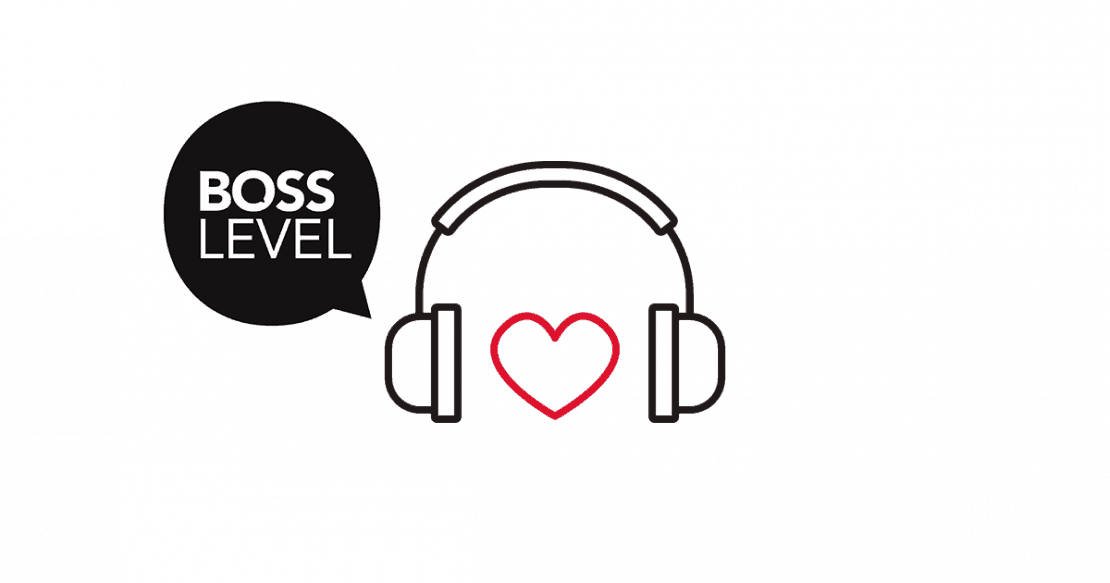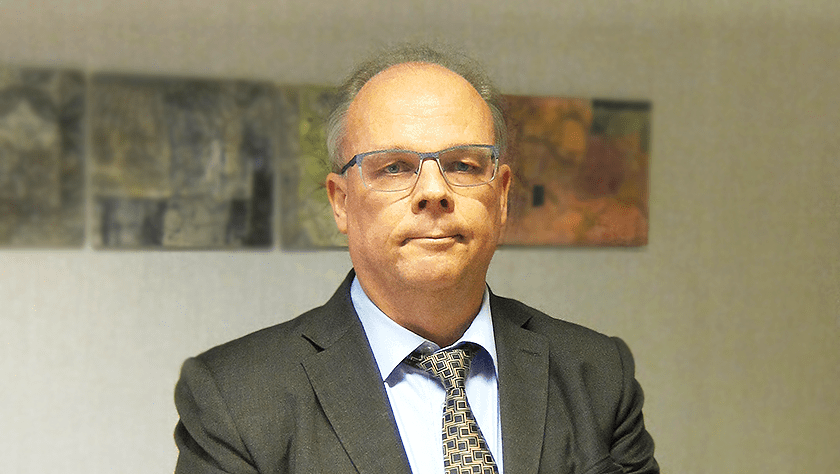21Mar2016
In season two, episode one of Boss Level, host Sami Honkonen speaks with Linda Liukas, a children’s book author, illustrator, and “mediocre” programmer. Linda helps kids learn technology and heralds a message of creativity and joy wherever she goes – including at TEDx (where her talk is almost at a million views.) Sami and Linda discuss bringing creativity and programming together, the anxiety that comes from a wildly successful Kickstarter campaign, and whether or not their humor is slightly depressing. Continue reading for three inspiring ideas to take from the conversation and an overview (with timestamps.)
Programming is another path to expression and creativity
Too often programming is viewed as intimidating and dry. Linda is trying to break this mentality. She believes that programming is brimming with stories and quirks that a wider range of people would enjoy. Technology is full of jargon and acronyms that can bog non-technical people down and discourage them from understanding the basics of programming. This is a sorry excuse. Linda’s book Hello Ruby is an extension of her own method of teaching herself to code through seeing technology as stories linked together. Just because programming isn’t categorized with the arts doesn’t mean it has any less opportunity for creativity to flourish.
More people should consider learning how to speak with computers
This doesn’t mean that everyone needs to know how to code, but more people should try. As computers and people work together more and more, we need more and more people who can speak to computers. Linda says that programming is one tool people can add to their “modern literacy” toolbelt. And before you overlook this point because you aren’t one of the few gifted as a programmer, consider this: No one is born magically better at programming (or drawing as Linda points out.) Skill comes from building a base of knowledge through goals and repetition, and then experimenting.
Kids are the perfect audience to teach programming
When Sami asks Linda, “Why kids?” she laughs and says that’s where she see the most potential. Kids are an open minded group to teach compared with adults who have pre-existing prejudices. The biggest piece is helping kids see code as a tool to be played and practiced with – just like wood and glue. Even before that, kids can be taught programming logic and culture. One of Linda’s big goals for her work is to diversify the pool of people who get excited about programming and technology. We don’t know what problems will exist in the future, but equipping kids with basic programming skills that some can hone as they mature can result in new and exciting solutions.
Listen to the episode below or Download the MP3 (30,3 MB):
Timestamps
1:20 Quote from Linda: “Computers are binary, they can be one thing or another, but people contain multitudes.”
2:22 Linda talks about her programming experience. (A little earlier, Linda jokes that she knows as much coding as a 6-year-old would need to know.) She used to work with a product team in the QA/engineering/communications area. It was during her time studying at Stanford that she really got excited about technology. Says she is excited about “making something out of nothing.”
3:20 Linda’s excitement about technology leads her to work with partners to teach programming to girls and young women. This effort started small but has turned into Rails Girls, now a well-known and loved group of events.
6:00 Public speaking is another way that Linda shares her joyful outlook and message. When speaking to serious audiences filled with business people, as is often her case, Linda says her strategy is to talk about their world in a way that is enlightening and inspiring.
7:25 Hello Ruby is Linda’s book and “the world’s most whimsical way to learn about technology, computing and coding.” According to Linda, the process was anything but easy and peaceful. But it was all worth it to share a story that promotes programming as a colorful and exciting place.
8:28 Quote from Linda: “Some people see numbers as colors. I started to see technology as stories.” And then, she says, the whole world of technology made sense. Hello Ruby is her way of sharing that way of viewing and learning about technology with others.
9:40 Linda confesses that having a hugely successful Kickstarter campaign isn’t all wonderful. It also includes hiding in a closet and crying out of anxiety.
11:40 Sami and Linda discuss where Hello Ruby is now, and what is coming in the future. Linda also touches on her writing process (which includes saying no to other projects, and blocking out time for writing.)
13:51 For Linda, the hardest part of writing is switching from “sponge” mode (when she’s soaking up ideas and inspiration) to actually writing the words. She also talks about changes in her strategy for writing book number two.
15:38 Sami and Linda talk about the value of admitting a project will be difficult and challenging, and doing it anyway. Linda highlights the importance of repetition and perseverance and having goals to stay motivated when learning new skills.
18:04 Linda explains that she writes children’s books because it’s an important medium that shapes young readers. Stories and books formed Linda as a child, and many of us can identify with that too. Linda sees a need for showing modern things in children’s stories.
19:37 Hello Ruby, at its heart, is a project to create a more diverse group of people who are excited about computers and technology. Sometimes technology can be intimidating. Hello Ruby throws the intimidation away and adds approachability and joy.
21:36 Linda focuses on teaching programming to kids because she says (with a laugh) that’s where she finds the most potential. Children are more open minded and don’t have the same prejudices or mental roadblocks as adults.
22:39 Through the process of writing and teaching, Linda has learned that teaching technology is very mechanical and solution centered. Sami and Linda discuss how education theory (such as that of Maria Montessori) can be brought into technology education.
25:48 You probably agree that it’s good for kids to learn about coding. But how do you actually do it? Linda says that it’s important to be flexible and allow the children to ask questions and have big discussions. The teacher has to have an open mind and show context.
27:40 Sami and Linda discuss a shift in education from being teacher-centric to being child-centric. Programming is perfect for this “coaching” approach because there are ways for teachers who can’t code to teach it. They also discuss a shared gripe with education, for good measure.
Links for the episode:
- Linda on Twitter
- Linda’s TEDx talk: A delightful way to teach kids about computers
- Hello Ruby
- Rails Girls
- Montessori education
Links for the podcast:
- Facebook: https://www.facebook.com/bosslevelpodcast
- Twitter: https://twitter.com/bosslevelpod
- iTunes: https://itunes.apple.com/fi/podcast/boss-level/id1041885043
- Website: http://www.bosslevelpodcast.com
[sam id=”4″ codes=”true”]


